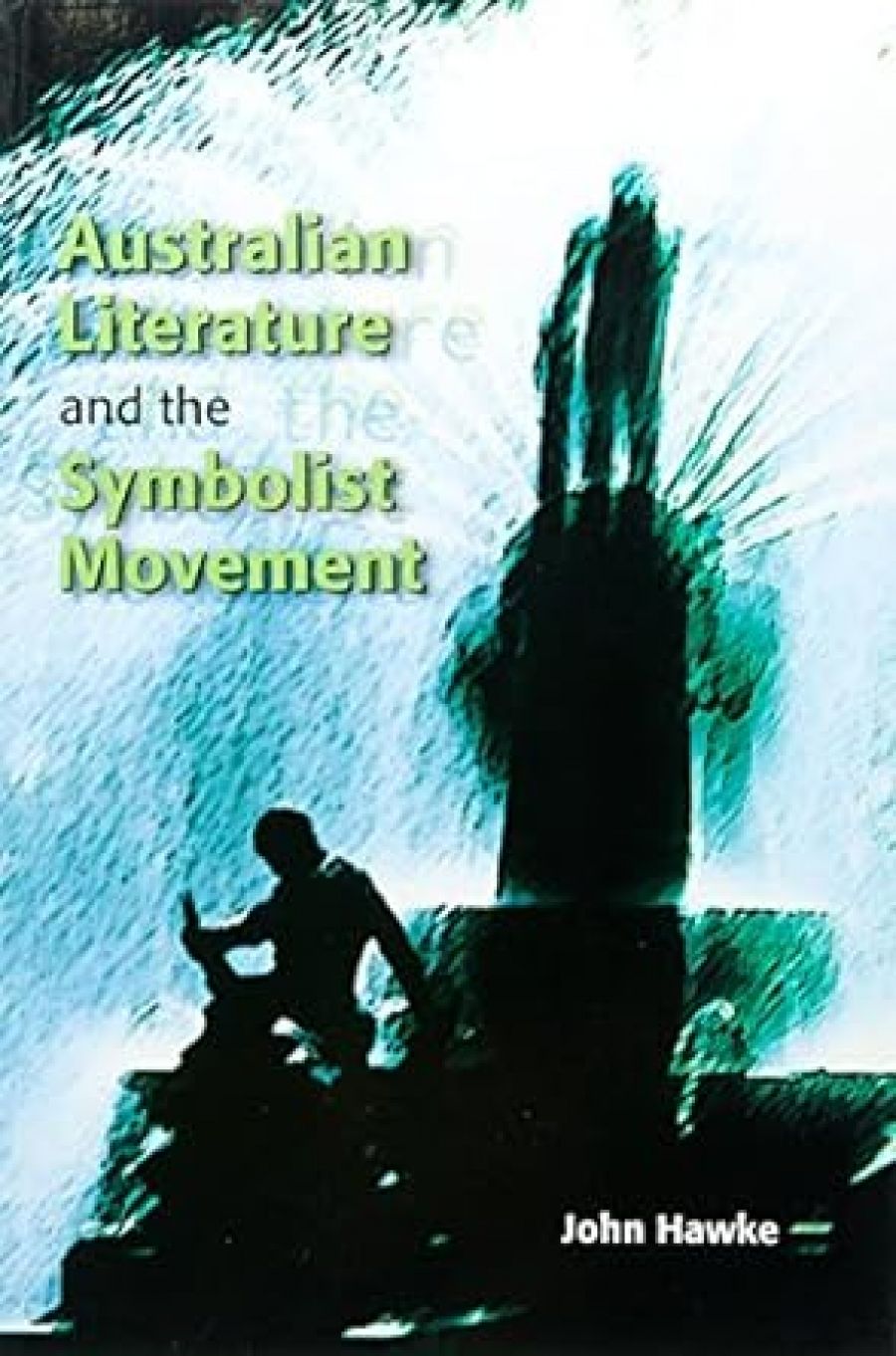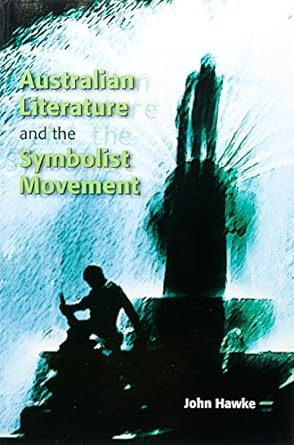
- Free Article: No
- Contents Category: Literary Studies
- Review Article: Yes
- Article Title: Mallarmé réchauffé
- Online Only: No
- Custom Highlight Text:
In one of Kenneth Slessor’s surviving notebooks now held in the National Library, there is a curious entry consisting of approximately eighty names. This appears to be a list of those people the poet counted as friends over his lifetime; many of the names are marked in pencil with the forlorn abbreviation ‘d’. What might a literary historian make of such a list? It might be evidence of a romantic sensibility, a sign of Slessor’s faith in the commemorative powers of language, arguably the precondition for writing elegiac poetry. On the other hand, the list might be held up as proof of a bleak modernism, indicative of Slessor’s existential anxiety, the names being little more than fragments shored against the ruins of time. Of course, the question of whether a particular poet should be regarded as a romantic or a modernist depends entirely on what is meant by those loaded terms. This is one of the pitfalls of literary history: its basic terms of inquiry are often equivocal.
- Book 1 Title: Australian Literature and the Symbolist Movement
- Book 1 Biblio: University of Wollongong Press, $36.95 pb, 176 pp
- Book 1 Cover Small (400 x 600):

John Hawke’s Australian Literature and the Symbolist Movement is also concerned with an ‘ism’, but one that is much more conceptually precise. In the decade before Federation, Australian writers such as the scholar-critic A.G. Stephens and the scholar-poet Christopher Brennan became deeply immersed in French avant-garde literature, especially the Symbolist poetry of Stéphane Mallarmé. According to Hawke, this was to have a decisive effect on Australian culture during the first half of the twentieth century, eventually touching the work of Slessor, Norman Lindsay, Judith Wright, James McAuley, A.D. Hope and others. Hawke’s conception of Symbolism is firmly tethered to its Gallic origins. As a result, he is able to offer a detailed survey of the dynamics of literary influence, rather than making vague assertions about loose baggy monsters such as ‘Late Romanticism’ or ‘High Modernism’. One of the many strengths of his study is its painstaking research into the reading habits of a range of Australian poets and cultural chatterers, demonstrating their extensive and enduring appetite for Symbolist aesthetics.
Brennan is the obvious starting point. It is astounding to think that a dipsomaniac lecturer in colonial Sydney was, for a time, the English-speaking world’s leading conduit for Mallarmé’s rarefied philosophy. Hawke concentrates on Brennan’s work as a Symbolist exegete, rather than considering his highly abstract poetry (which itself often savoured of Mallarmé warmed up). But this is a study of intellectual history as well as literary influence, so the emphasis of some chapters is very much on the ferment of ideas. Hawke then moves on to a pair of somewhat forgotten figures, Randolph Hughes and A.R. Chisholm, both former students of Brennan’s. Hughes left Australia to pursue an academic career in England, while Chisholm stayed closer to home, eventually becoming a professor of French at the University of Melbourne. In their essays and correspondence, these two men continued to espouse Symbolist ideals throughout the 1930s. Their letters, in particular, have a lurid fascination, principally because they combined Symbolist aesthetics with political views that were, to say the least, odious. Both men expressed their admiration for Hitler and Mussolini, at the same time ranting against English poets, American values, ‘bloody dagoes’ and the ‘international Jewish conspiracy’. Hughes and Chisholm are minnows in Australian cultural history, but it is always bracing to recall that fascism was not without its intellectual cheer squad in this country, even after 1939.
The most important chapters in the book deal with the poetry of Slessor and Wright. Hawke does a sterling job of showing the extent of Slessor’s familiarity with Symbolism, which is attributed in part to his early encounters with the ratbag ideas of Norman Lindsay. Though disavowing any philosophical impulse in Lindsay’s work, Slessor evidently absorbed a good deal of pseudo-mystical arcana. This goes some way towards explaining his obsession with time and the void, as well as the various magian figures that crop up throughout his slim oeuvre. Wright is seen as part of the Brennan tradition – a metaphysical poet, rather than one simply preoccupied with landscape. Hawke undertakes a close reading of some major poems from the early phase of Wright’s career, demonstrating her enthusiasm for various Symbolist abstractions. This approach has less relevance to Wright’s work after 1955, so Hawke wisely stops there.
The final chapter, more speculative, suggests how Symbolist thought influenced McAuley and Hope. For these poets, Symbolism was something to react against. The young McAuley wrote a university thesis on this very subject, so it is hardly surprising that several poems in his first collection show traces of Valéry and Nerval. Yet by the 1940s McAuley was eager to jettison this in favour of a slightly shrill anti-modern stance.
Much the same can be said for Hope: though generally dismissive of Symbolist poetics, he also had his debts to Valéry. It is a pity that space could not be found for an extended treatment of the work of Francis Webb – an antipodean Symbolist if ever there was one – but Hawke’s primary focus is on the poets who hit their straps before the midpoint of the last century. As such, he has convincingly described some important aspects of Australian intellectual life from that era. Far from being ignorant or insular, Australian writers were exposed to overseas literary trends, sometimes adopting and sometimes rejecting them. Poets usually choose their literary ancestors with considerable care, even if only to make things more spectacular down the track when, like McAuley, they feel the urge for a little bit of parricide.


Comments powered by CComment